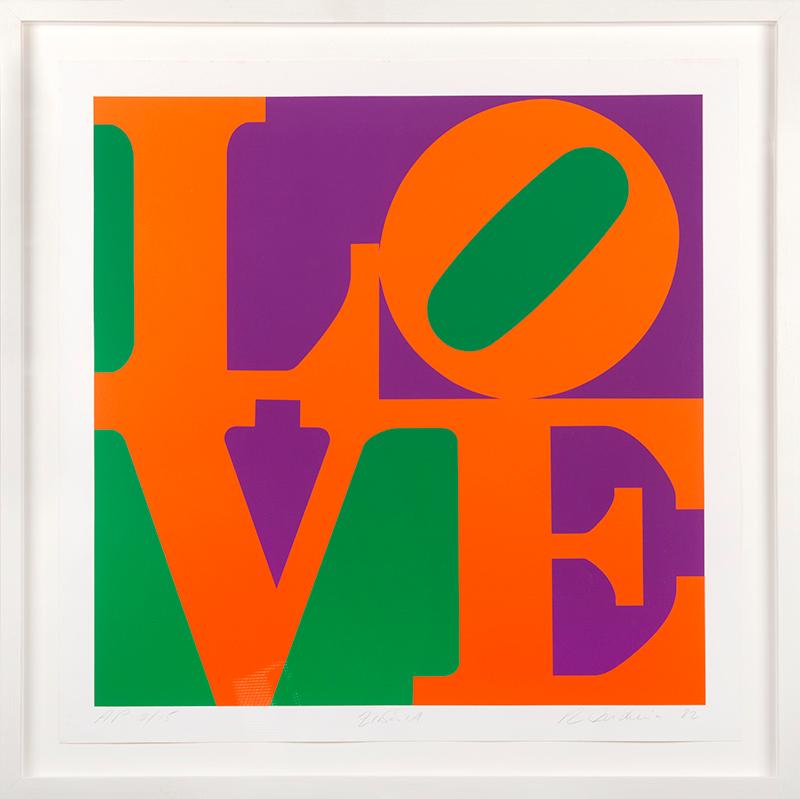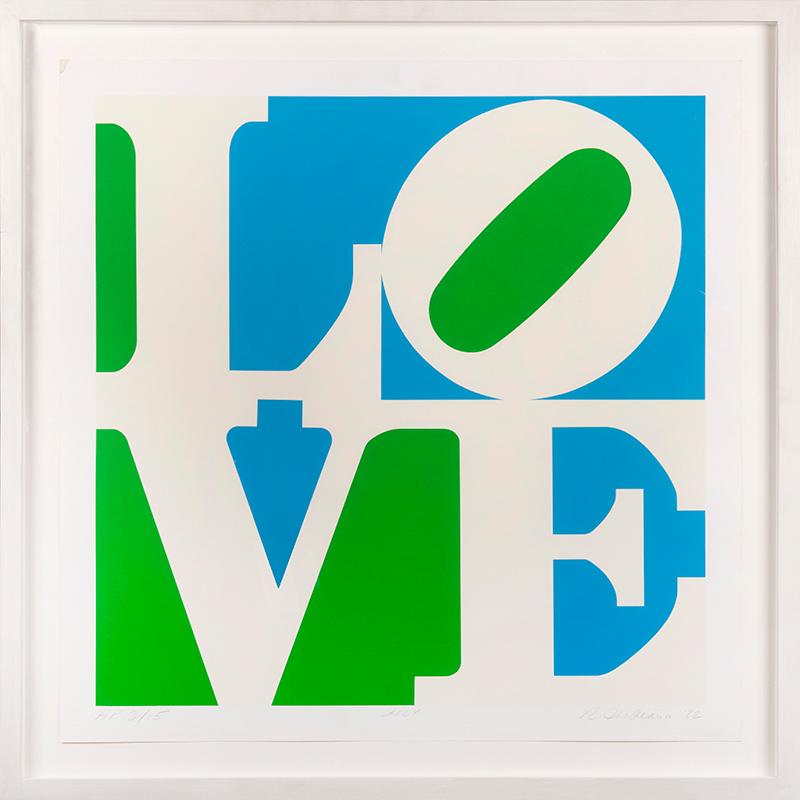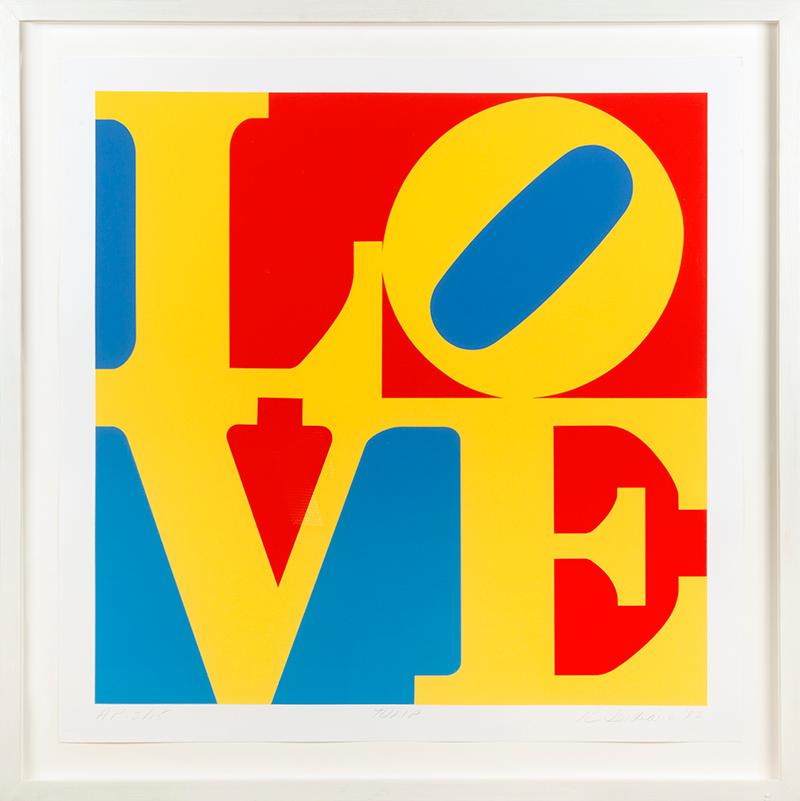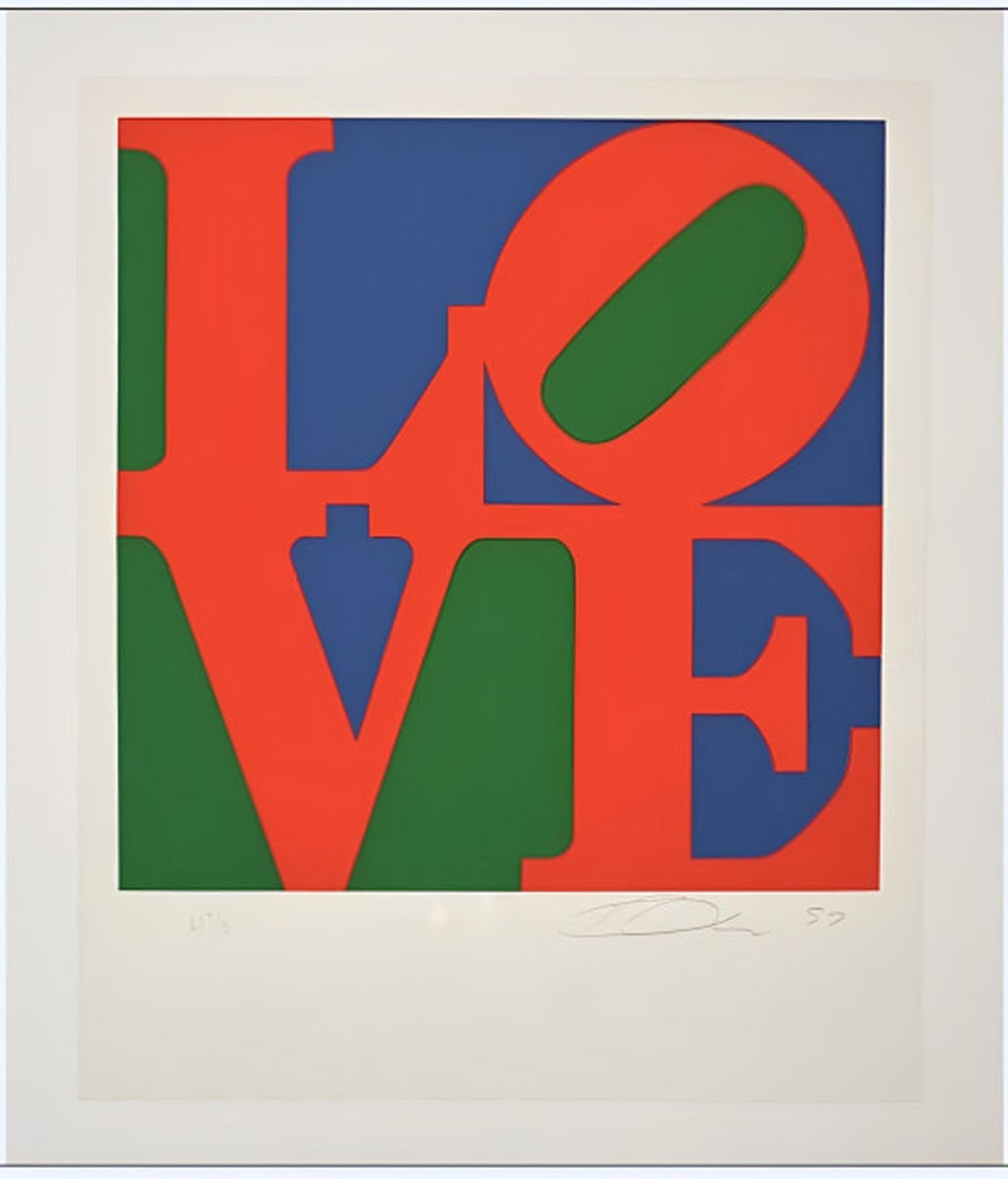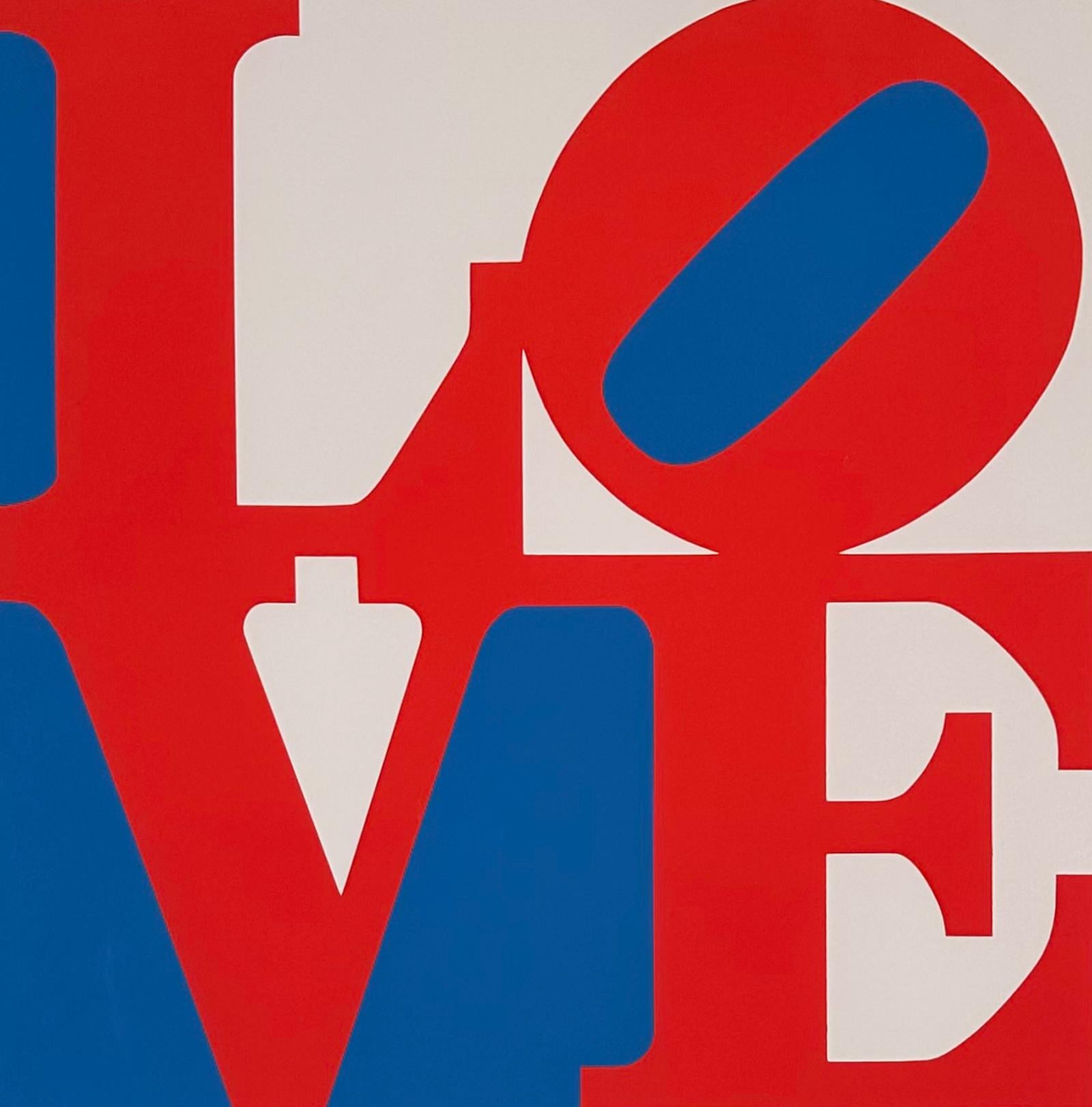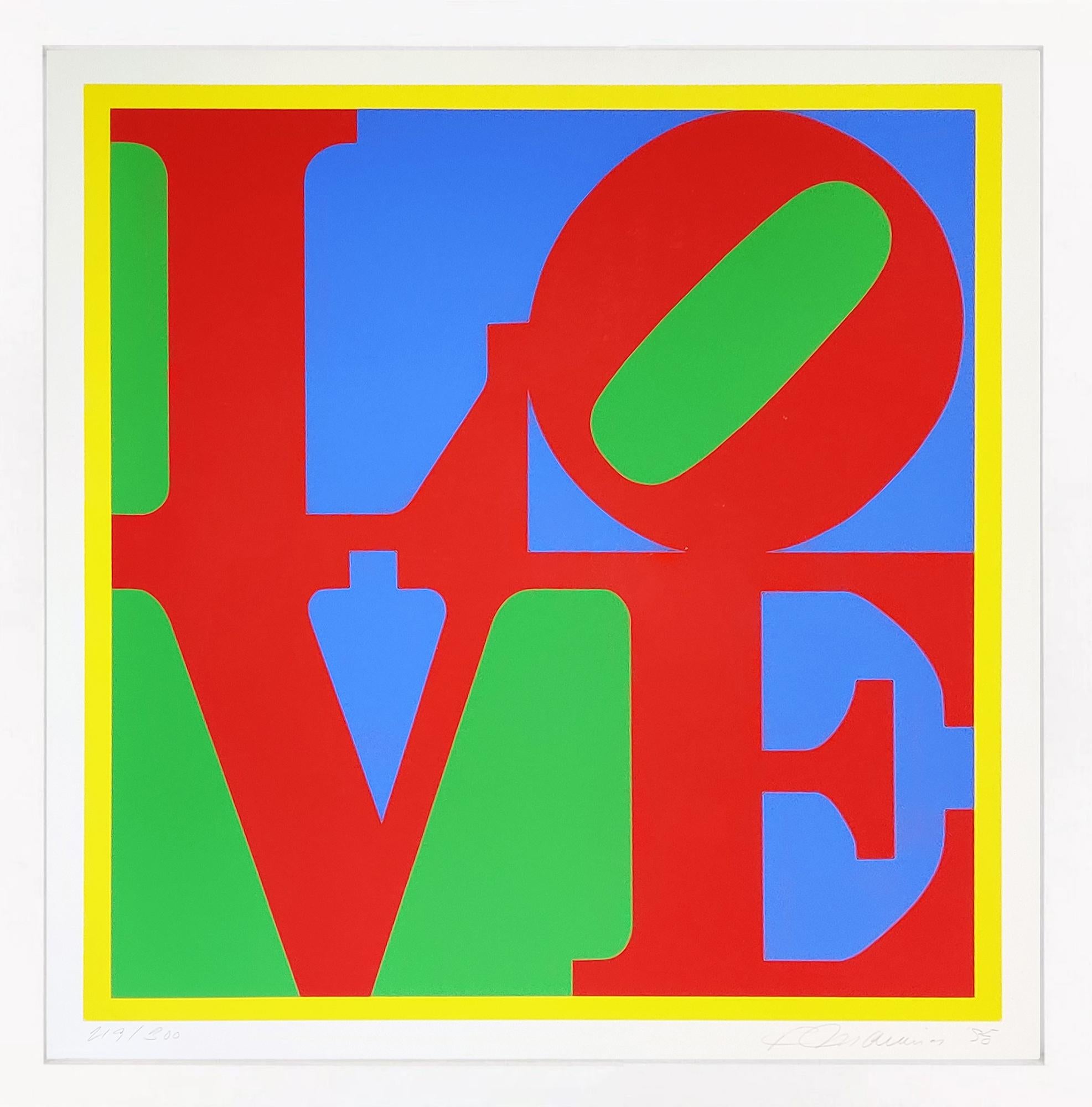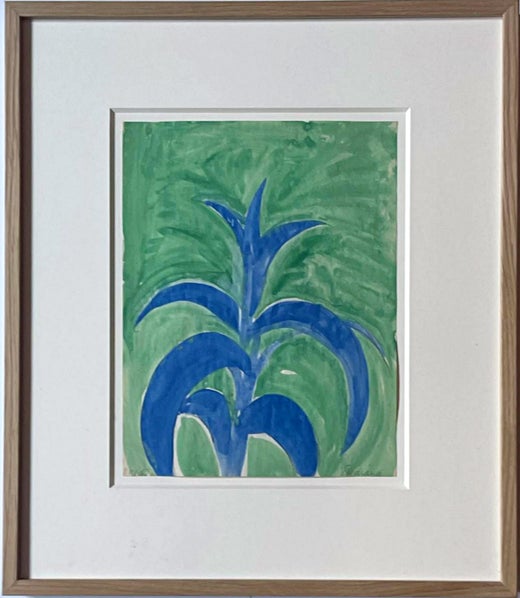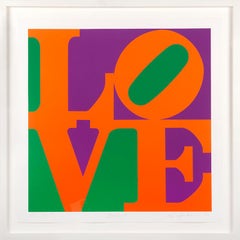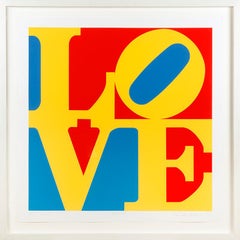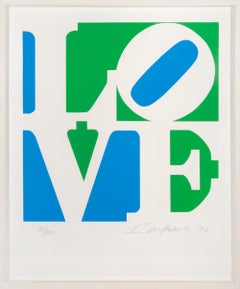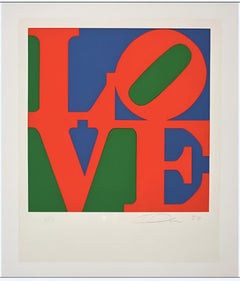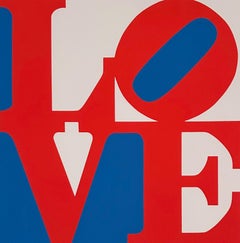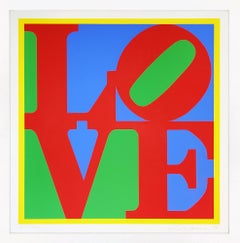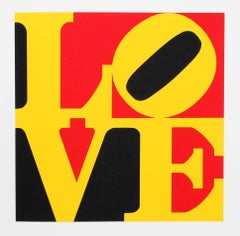Robert IndianaPhlox, from A Garden of Love1982
1982
About the Item
- Creator:Robert Indiana (1928 - 2018, American)
- Creation Year:1982
- Dimensions:Height: 26.78 in (68 cm)Width: 26.78 in (68 cm)Depth: 26.78 in (68 cm)
- More Editions & Sizes:Edition of 100 One of artist's 15 proofsPrice: $24,744
- Medium:
- Movement & Style:
- Period:
- Condition:
- Gallery Location:London, GB
- Reference Number:Seller: 1137881stDibs: LU47015304682
Robert Indiana
Robert Indiana's work evolved into hard-edged graphic images of words, logos and typographic forms, earning him a reputation as one of the country's leading contemporary artists.
Indiana is known for using public signs and symbols with altered lettering to make stark and challenging visual statements. In his prints, paintings and constructions, he gave new meaning to basic words like Eat, Die and Love. Using them in bold block letters in vivid colors, he enticed his viewers to look at the commonplace from a new perspective. One indication of his success was the appearance of his immensely popular multi-colored Love on a United States postage stamp in 1973.
Find a collection of original Robert Indiana art today on 1stDibs.
- ShippingRetrieving quote...Shipping from: London, United Kingdom
- Return Policy
More From This Seller
View All1980s American Modern Prints and Multiples
Screen
1980s American Modern Prints and Multiples
Screen
1980s Pop Art Prints and Multiples
Screen
Late 20th Century Pop Art Prints and Multiples
Screen
1970s Abstract Geometric Abstract Prints
Screen
1990s Portrait Prints
Screen
You May Also Like
1990s Contemporary Abstract Prints
Paper, Screen
1990s Pop Art More Prints
Screen
1990s Pop Art Abstract Prints
Board, Screen
1960s Pop Art More Prints
Screen
Early 2000s Pop Art Mixed Media
Fabric, Wool, Cotton Canvas
Late 20th Century Pop Art Prints and Multiples
Screen
